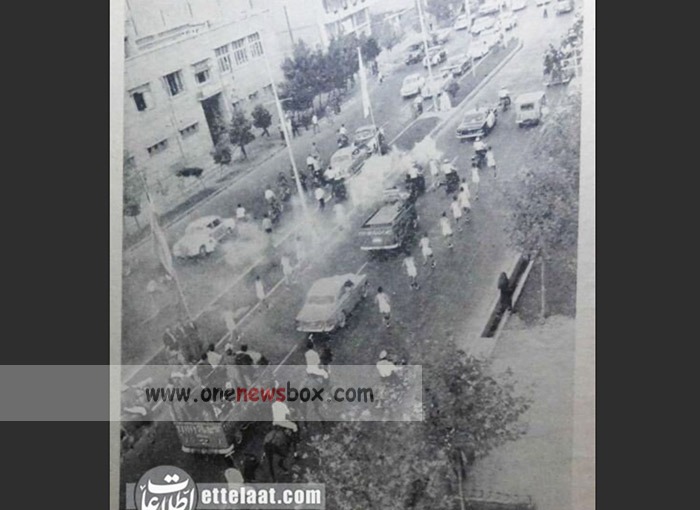In the weeks leading up to the torch’s arrival, Iranian newspapers carried reports about the upcoming ceremony. The monarchy, under Mohammad Reza Shah Pahlavi, viewed international sporting events as opportunities to enhance Iran’s global prestige. Hosting part of the Olympic torch relay—even if only for a day—was seen as an honor.
Officials from the Iranian Athletics Federation coordinated with Japanese delegates and government ministries to prepare the welcoming ceremonies. The location chosen for the main event was Farah Stadium (later renamed Azadi Stadium in 1971 after expansion). In 1964, the stadium was still relatively new and served as one of Tehran’s most important sports venues.
The centerpiece of the Iranian plan was to involve not just officials but also prominent athletes, including the legendary Gholamreza Takhti. Known as “Jahan Pahlevan” (World Champion), Takhti was not only Iran’s most famous wrestler but also a national hero admired for his humility, patriotism, and generosity. His presence at the event guaranteed that the ceremony would resonate deeply with ordinary Iranians.

